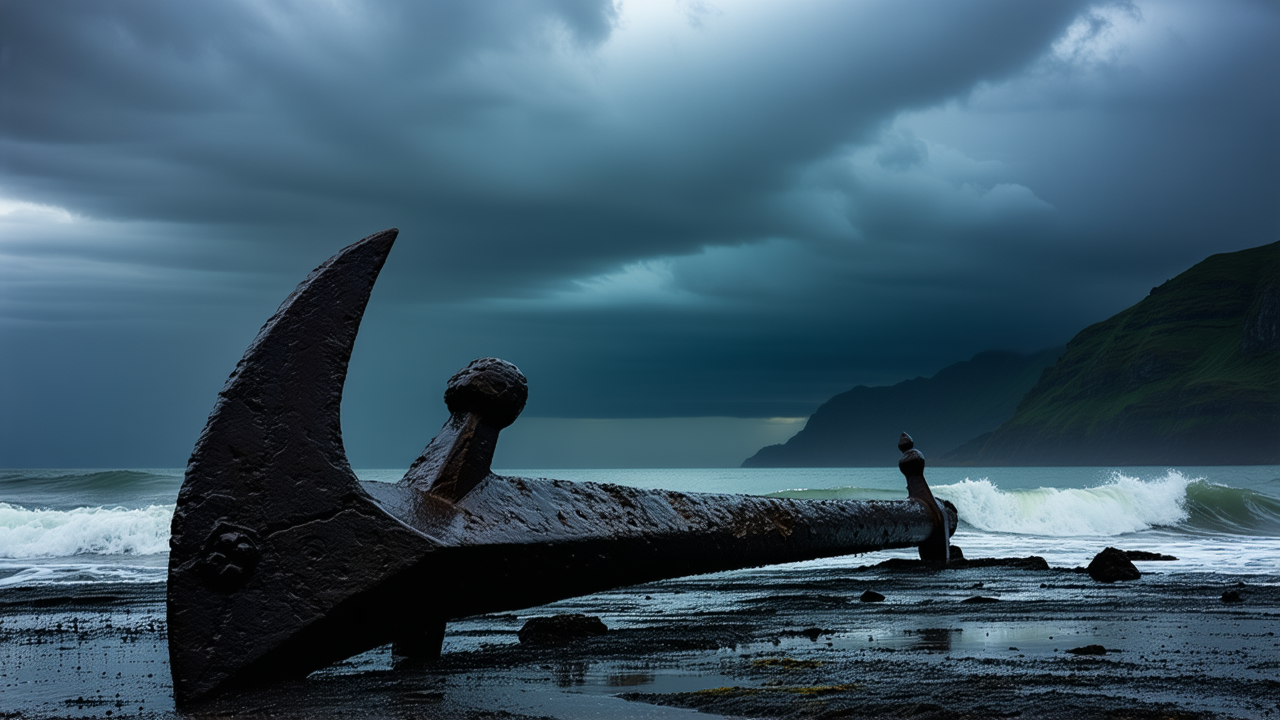Anchor Rediscovery Reopens Wounds from Early Māori-European Encounter
Anchor Rediscovery Reopens Wounds from Early Māori-European Encounter
The rediscovery of a 256-year-old anchor from the French ship Saint Jean Baptiste has reignited painful memories of a tragic early encounter between Māori and European explorers in 1769. The anchor, once part of the vessel captained by Jean-Francois Marie de Surville, was found in the waters of Doubtless Bay in the Far North, a site that has long been significant to the Ngāti Kahu iwi.
The ship arrived in the region in a state of disarray, with several crew members suffering from scurvy. According to Margaret Mutu, Chair of Ngāti Kahu and a Professor of Māori Studies at the University of Auckland, the local Māori people nursed the crew back to health. However, the relationship quickly soured when a storm washed one of the ship’s boats ashore. In response, de Surville and his crew ransacked a local settlement and kidnapped a rangatira named Ranginui, who later died of thirst and scurvy aboard the ship.
This incident, Mutu said, was a grim precursor to the more well-known encounter with Captain James Cook, who had a similarly violent first encounter with Māori. She emphasized that the Māori people had welcomed the French explorers, only to be betrayed and mistreated in return. The rediscovery of the anchor has brought these painful memories back to the surface, prompting Ngāti Kahu to reconsider how they want to engage with this chapter of their history.
The anchor was first discovered in 1982 by Kelly Tarlton, but the coordinates were misplaced until now. Heritage New Zealand has advised that the site remain undisturbed until tangata whenua (the local Māori people) have been consulted, and the area is assessed by a professional archaeologist. Margaret Mutu has called for a discussion about the anchor’s future, saying that the Māori people must decide what happens to it.
This discovery is more than an archaeological find—it is a reminder of a history that is still deeply felt by many Māori. It is a call to acknowledge the past, to heal old wounds, and to ensure that stories like these are not forgotten.
